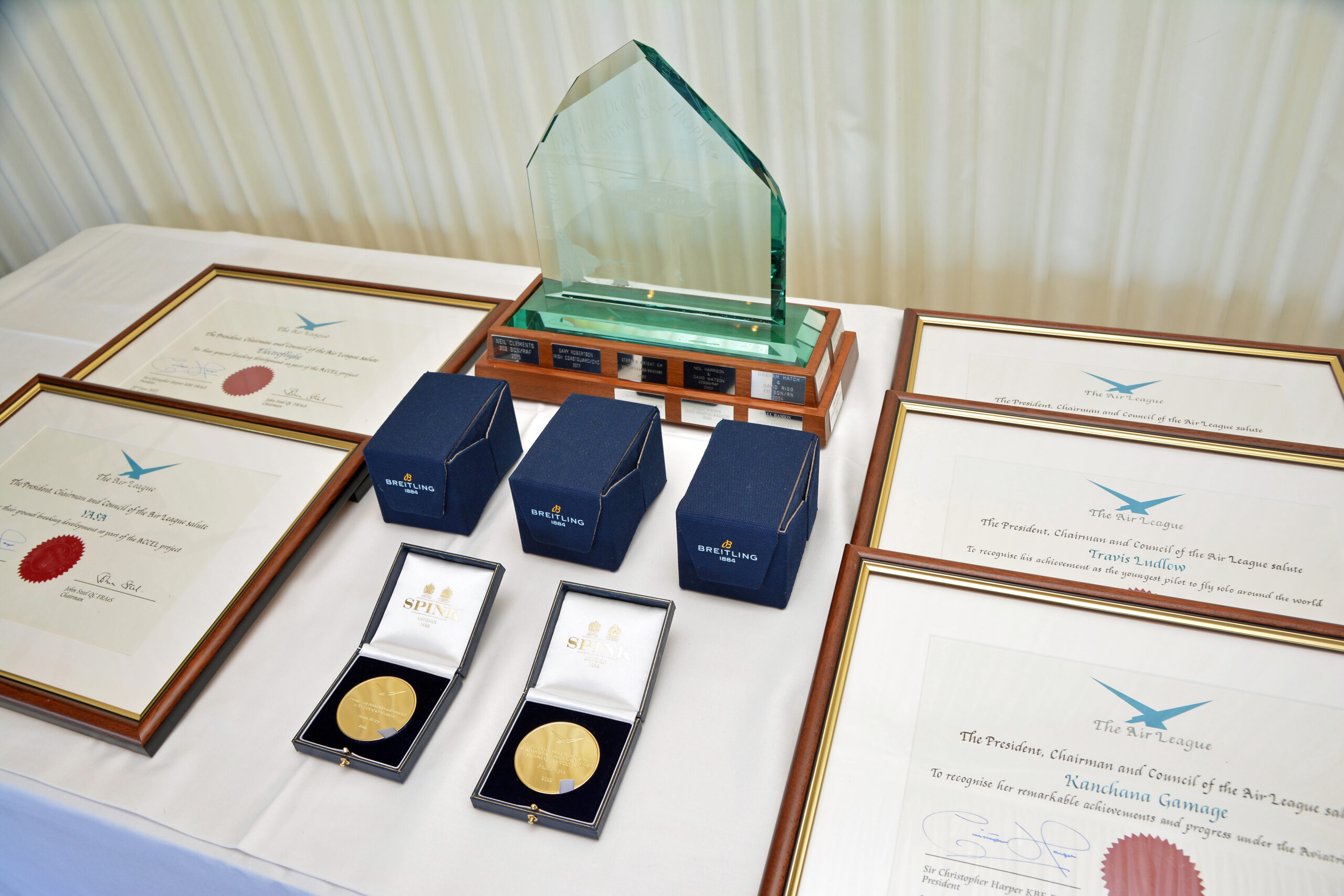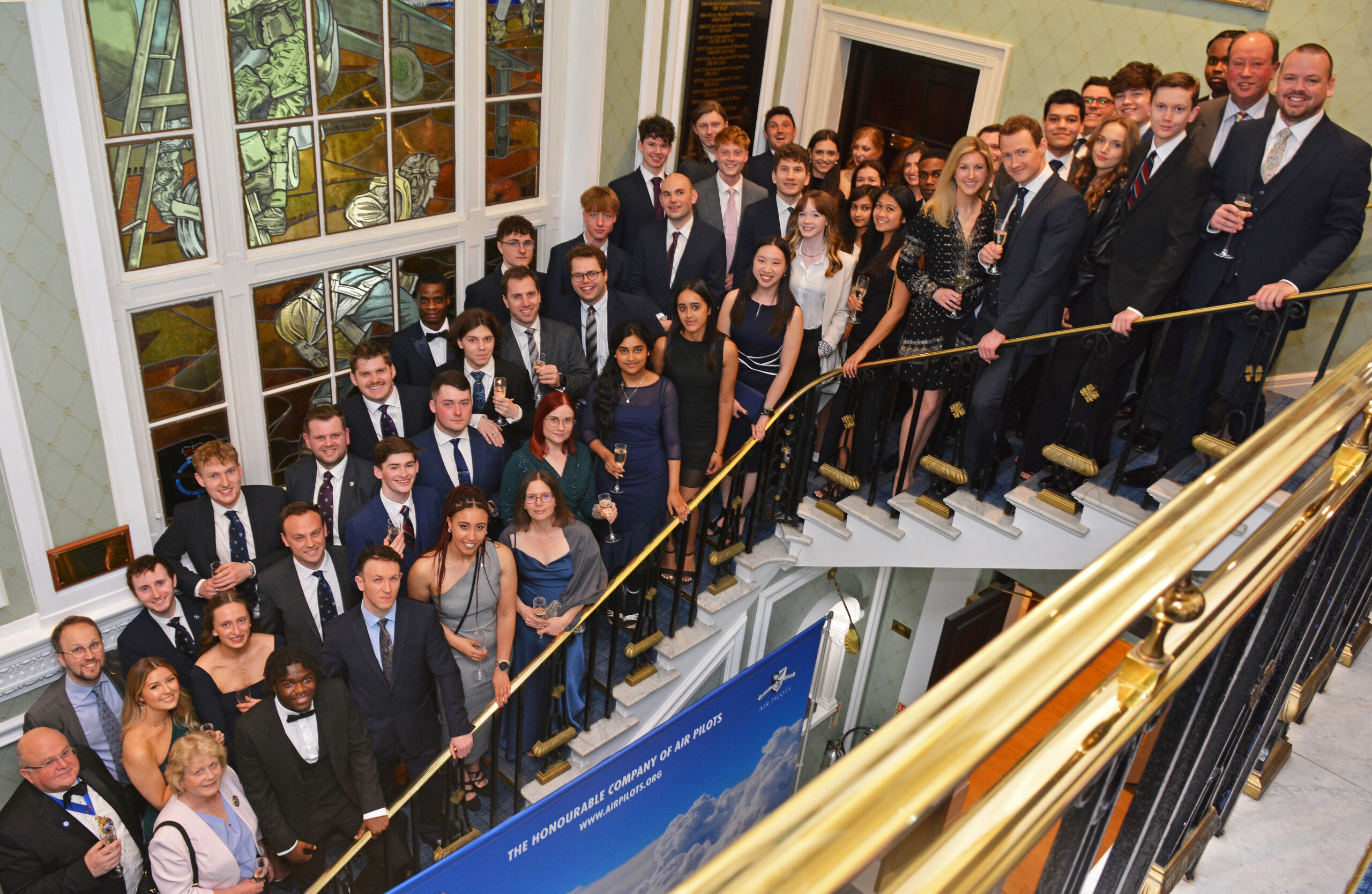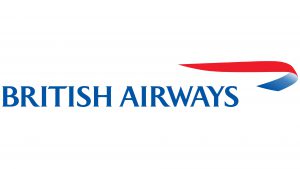Henry Simpson has written a detailed paper on hypersonic flight, examining how its challenges might be overcome over the coming years. This is an introductory taster of the content:
Hypersonic flight is flight through the atmosphere at speeds above about Mach 5 (five times the speed of sound). At these speeds a dissociation of air begins to become significant and high heat loads exist. Mach 1 is the speed of sound 340.29 m/s at sea level so hypersonic is a speed of 1871.595 m/s or greater. But why do we want to reach hypersonic speeds? The development of a craft that could perform sustained hypersonic flight would have the lots of benefits… Since the retirement of supersonic Concorde, aviation has exclusively provided sub sonic travel across the globe. Hypersonic travel would be the next step allowing speeds in excess of Mach 4.5 – a journey time of 3 hrs between Paris and Tokyo. And London to New York in less than an hour. Such technology does not have purely civilian benefits, but many military applications as well.
Hypersonic long-ranged missiles are in development and there is the potential for yet faster aircraft and drones. Hypersonic flight could also provide a cheaper route to space travel both for commercial and military gains. This is because as you will see such craft could be reusable and using the latest in engine technology would require less fuel to reach space. To date only a handful of hypersonic test craft have been flown and only one, the X-15, has propelled humans to hypersonic speeds within our own atmosphere and even then that was a short duration flight. So what are the barriers that have so far stopped us from developing craft capable of long range hypersonic cruise and reaping the benefits of hypersonic travel?
Readers are invited to continue to read the full paper here














































